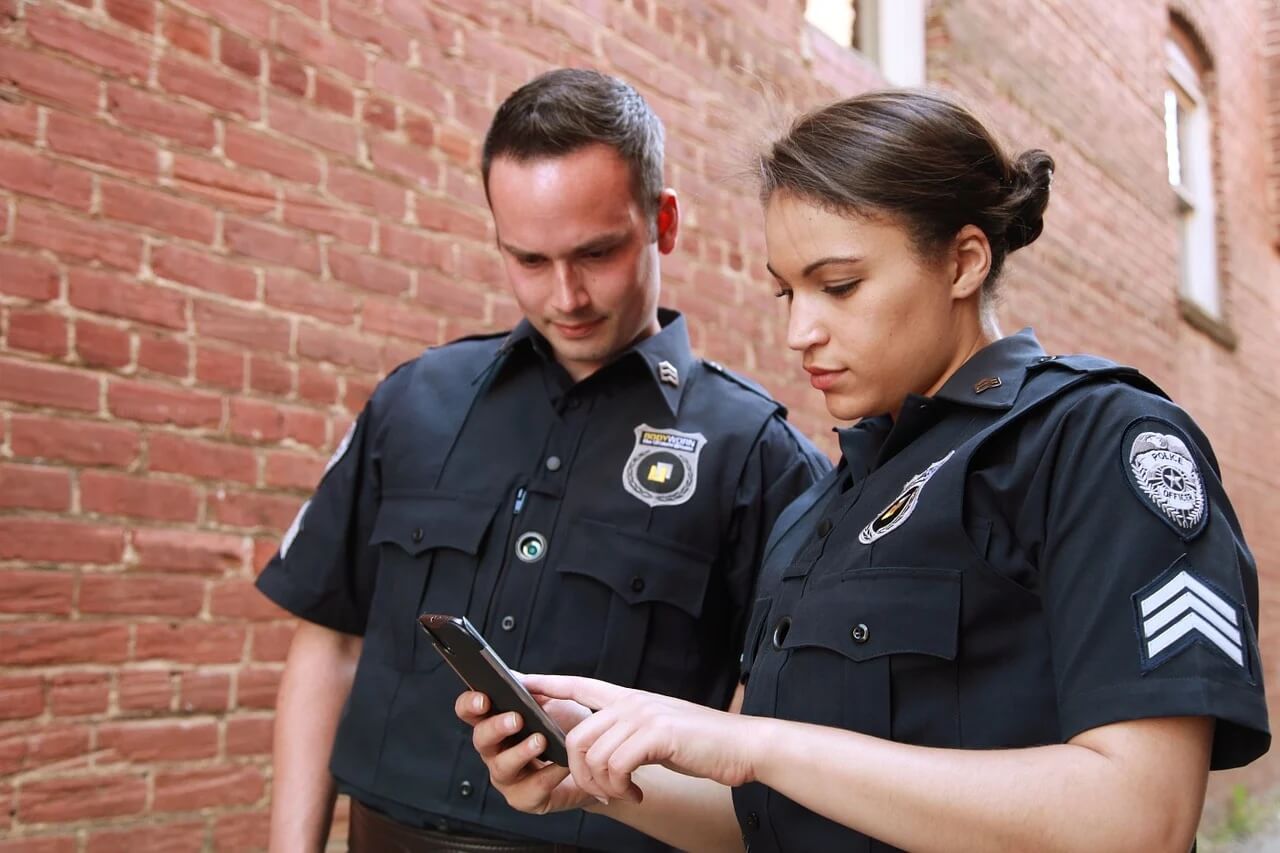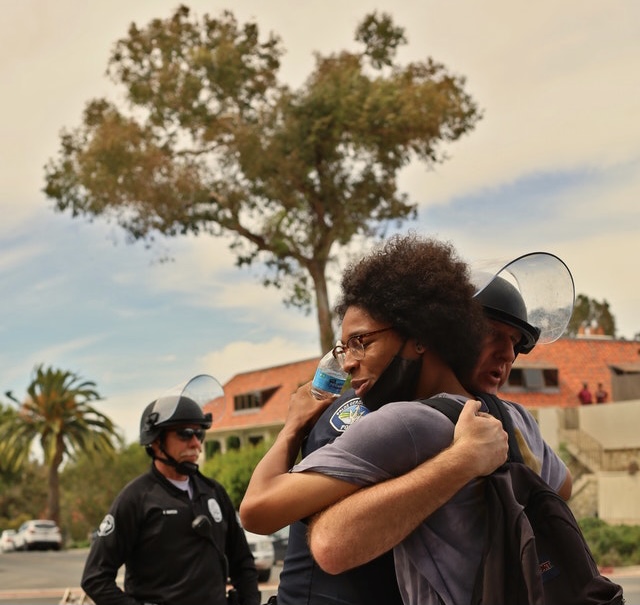Best Practices for Police Chiefs to Communicate Their Vision and Strategy to Different Stakeholder Groups
Introduction
As a police chief, your vision and strategy for your department are critical to the success of your organization. However, communicating that vision and strategy effectively to different stakeholder groups can be challenging. Police officers, administrative staff, and community members all have distinct needs and expectations, and it’s essential to tailor your communication approach accordingly. In this post, we’ll explore some best practices for police chiefs to communicate their vision and strategy to different stakeholder groups.
Section 1: Communicating with Police Officers
Police officers are at the front lines of your organization and are critical to the success of your department. When communicating your vision and strategy to officers, it’s essential to be transparent and clear. Police officers need to understand the goals of the department and how they fit into the overall strategy. To effectively communicate with police officers:
- Be specific about the goals and objectives of the department. This will help officers see how their work contributes to the overall success of the organization.
- Provide regular updates and opportunities for feedback. Police officers want to know that their voices are being heard, and regular updates can help build trust and collaboration.
- Use clear and concise language. Avoid jargon and technical terms that may be confusing to officers.
By effectively communicating with police officers, you can build a strong sense of teamwork and collaboration that will help your department succeed.
Section 2: Communicating with Administrative Staff
Administrative staff play a critical role in the success of your department. They are responsible for everything from budgeting to record-keeping to human resources. When communicating your vision and strategy to administrative staff, it’s essential to be clear about your expectations and goals. To effectively communicate with administrative staff:
- Be specific about the goals and objectives of the department. This will help administrative staff understand the priorities and focus their efforts accordingly.
- Provide regular updates and opportunities for feedback. Administrative staff want to know that they are valued and that their work is contributing to the success of the organization.
- Use clear and concise language. Avoid jargon and technical terms that may be confusing to administrative staff.
By effectively communicating with administrative staff, you can build a strong sense of teamwork and collaboration that will help your department succeed.
Section 3: Communicating with Community Members
Community members are essential stakeholders in your department. They rely on the police to keep them safe and expect the department to be transparent and accountable. When communicating your vision and strategy to community members, it’s essential to be open and honest. To effectively communicate with community members:
- Be transparent about the goals and objectives of the department. Community members want to know what the police are doing to keep them safe and how they can contribute to the success of the organization.
- Provide regular updates and opportunities for feedback. Community members want to know that their voices are being heard and that the police are responsive to their concerns.
- Use clear and concise language. Avoid jargon and technical terms that may be confusing to community members.
By effectively communicating with community members, you can build trust and collaboration that will help your department succeed.
Conclusion
Communicating your vision and strategy effectively to different stakeholder groups is critical to the success of your police department. By tailoring your communication approach to the needs of police officers, administrative staff, and community members, you can build a strong sense of teamwork and collaboration that will help your department succeed. Remember to be transparent, clear, and open in your communication, and provide regular updates and opportunities for feedback. With these best practices in mind, you can effectively communicate your vision and strategy to all your stakeholders.
Officer survey is a valuable tool that enables police leaders to effectively communicate with officers, administrative staff, and members of the community by gathering their input through surveys. By utilizing this tool, police departments can gain insights into their stakeholders’ thoughts, feelings, and opinions, which can help improve communication, boost morale, and enhance overall performance.
One of the key benefits of the Officer Survey is that it provides a platform for open and honest feedback. By encouraging officers, staff, and community members to share their thoughts and opinions, leaders can gain a better understanding of the challenges and opportunities that exist within their department and make more informed decisions.
Another advantage of the officer survey is that it promotes transparency and accountability. By sharing the results of the survey with all stakeholders, police leaders can demonstrate their commitment to being responsive to the needs of their community and their employees and can identify areas where improvements are needed.
Finally, the officer survey can help to foster a culture of collaboration and inclusivity within police departments. By involving all stakeholders in the survey process, leaders can demonstrate that they value the contributions of everyone and that they are committed to working together to achieve common goals. This can help to build trust, improve relationships, and enhance overall performance. Schedule your free demo today to get started.








